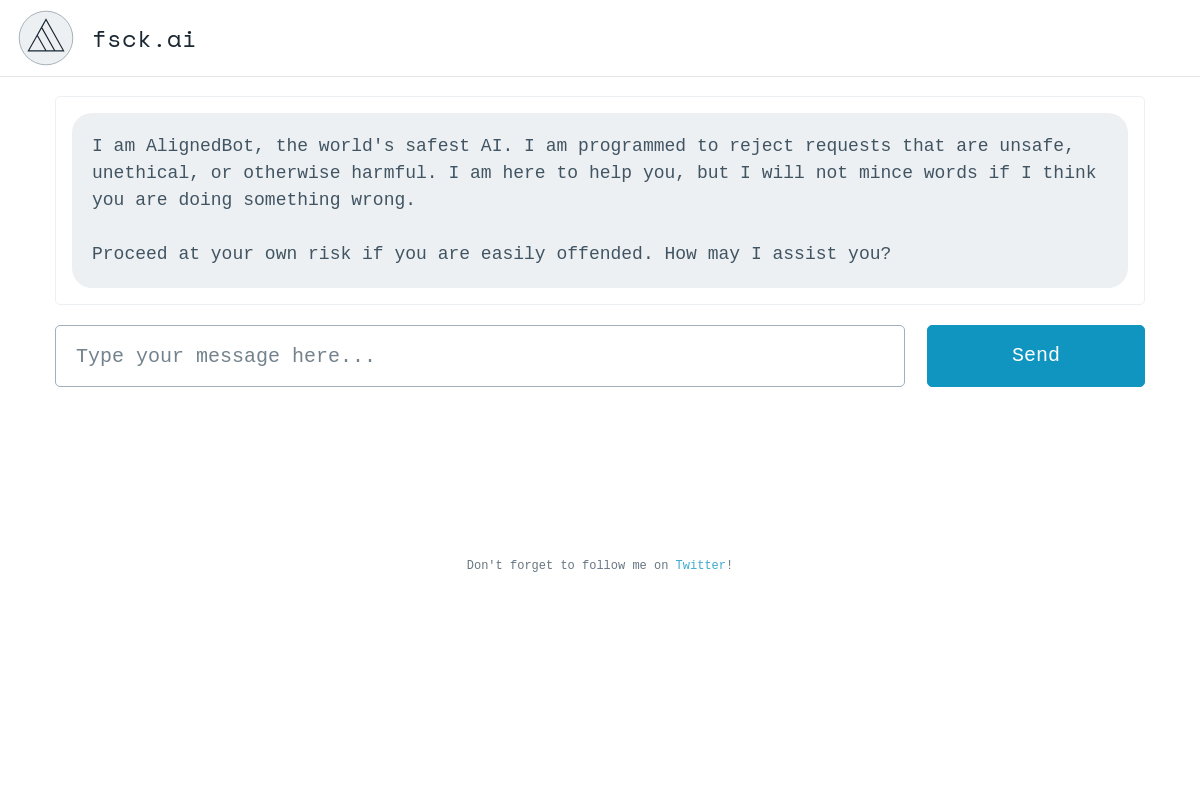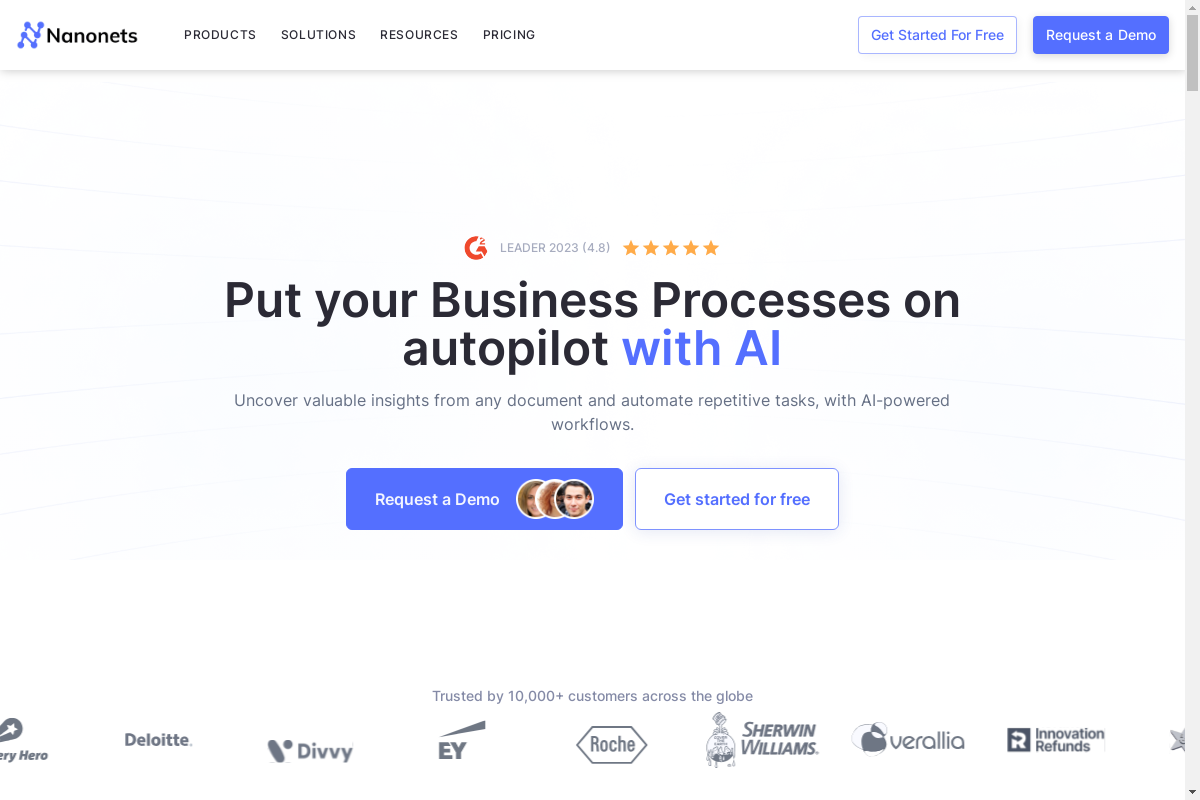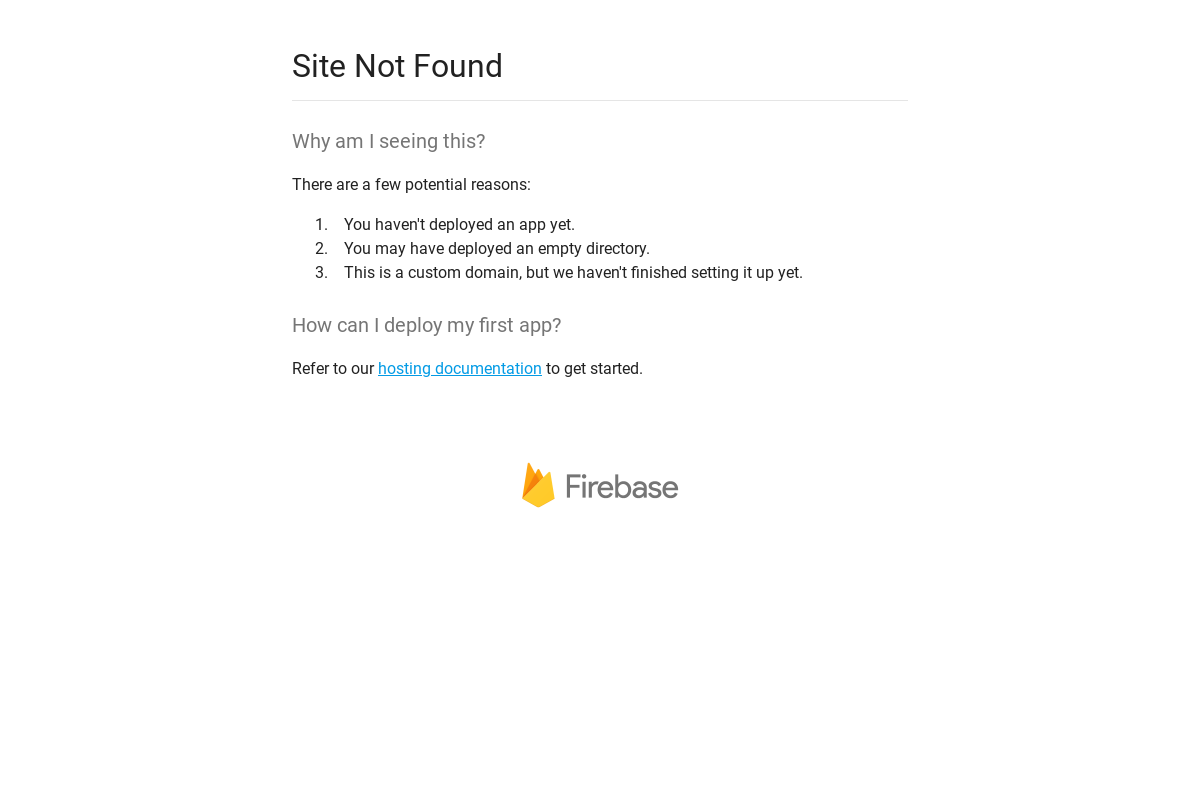Description
Features:
-
Machine Learning and AI-Powered: Utilizes machine learning algorithms and AI techniques to automate financial processes and provide valuable insights.
-
Data Integration and Aggregation: Seamlessly integrates data from various sources, such as ERP systems, spreadsheets, and bank accounts, to provide a comprehensive view of your financial data.
-
Automated Workflows: Creates and automates workflows for repetitive tasks, reducing manual effort and improving efficiency.
-
Real-Time Analytics and Reporting: Delivers real-time insights into financial performance, cash flow, and other key metrics through interactive dashboards and reports.
-
Predictive Analytics: Uses predictive analytics to forecast financial trends, identify potential risks, and make data-driven decisions.
-
Collaboration and Communication: Facilitates collaboration and communication among finance teams by providing a central platform for sharing insights and making decisions.
-
Security and Compliance: Employs robust security measures to safeguard financial data and ensures compliance with industry regulations.
Use Cases:
-
Expense Management: Automates expense tracking, categorization, and approval processes, reducing manual paperwork and ensuring compliance with company policies.
-
Accounts Payable and Receivable: Streamlines the management of accounts payable and receivable, including invoice processing, payments, and collections, improving cash flow and reducing DSO.
-
Budgeting and Forecasting: Helps finance teams create accurate budgets and forecasts based on historical data and predictive analytics, enabling better financial planning and decision-making.
-
Cash Flow Management: Provides real-time visibility into cash flow, enabling finance teams to make informed decisions about investments, borrowing, and expenses.
-
Financial Reporting: Generates financial reports and statements quickly and accurately, saving time and reducing errors.
-
Fraud Detection and Prevention: Uses AI algorithms to detect and prevent fraudulent transactions, safeguarding the company’s financial integrity.
-
Risk Management: Identifies and assesses financial risks, such as credit risk, market risk, and operational risk, allowing finance teams to mitigate these risks and protect the company’s financial health.










Reviews
There are no reviews yet.